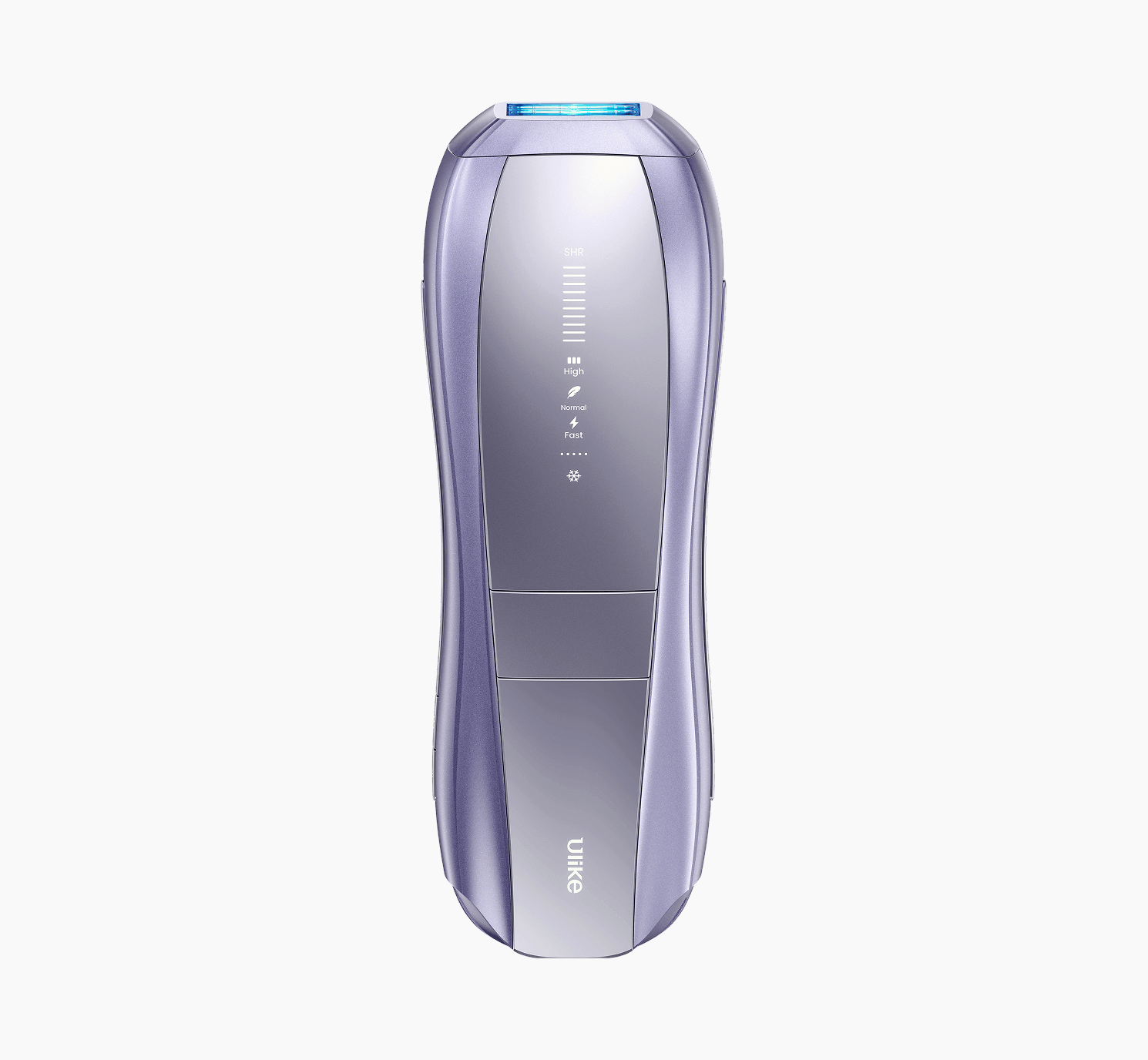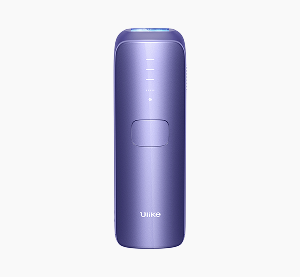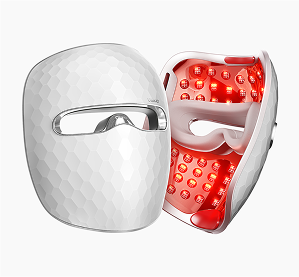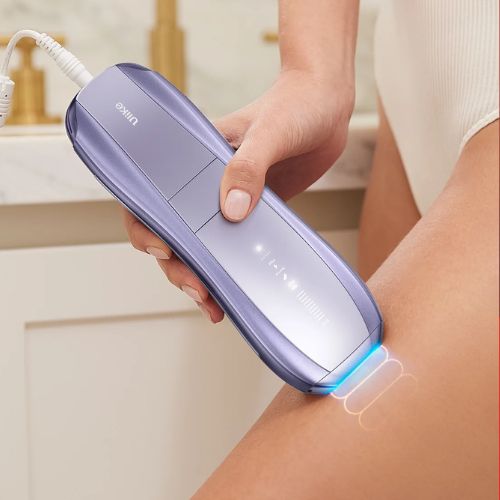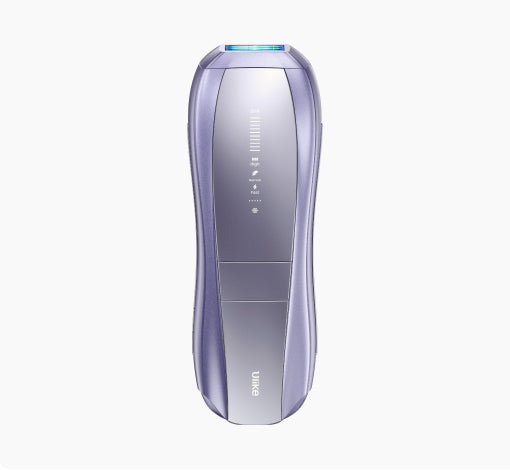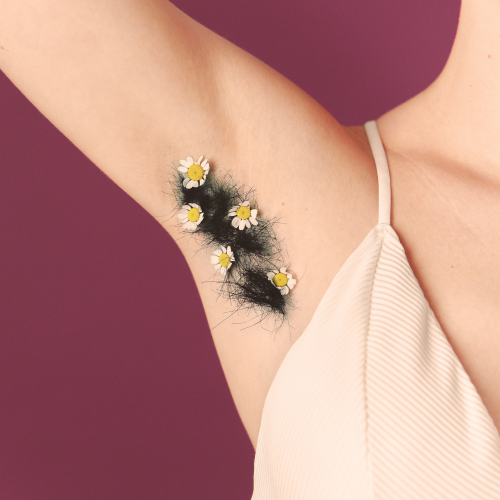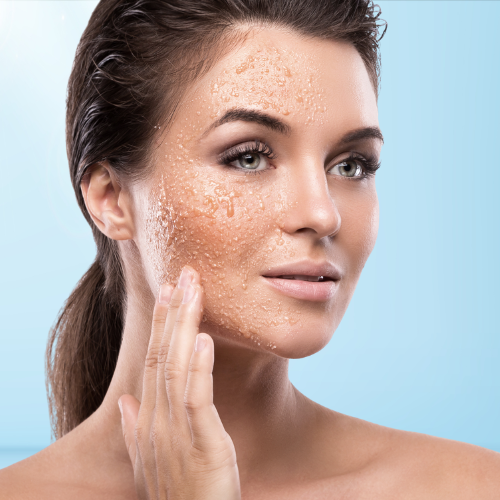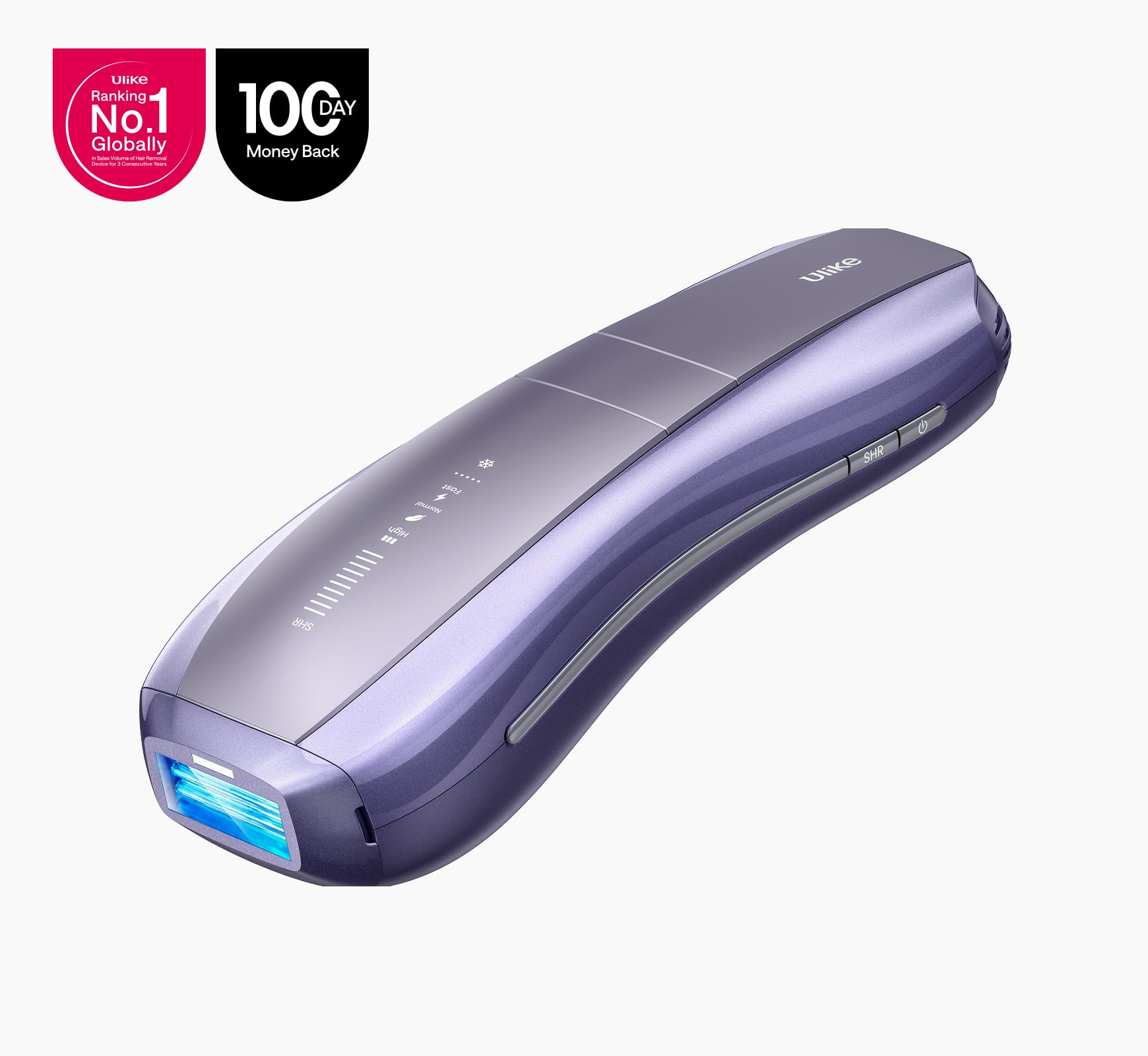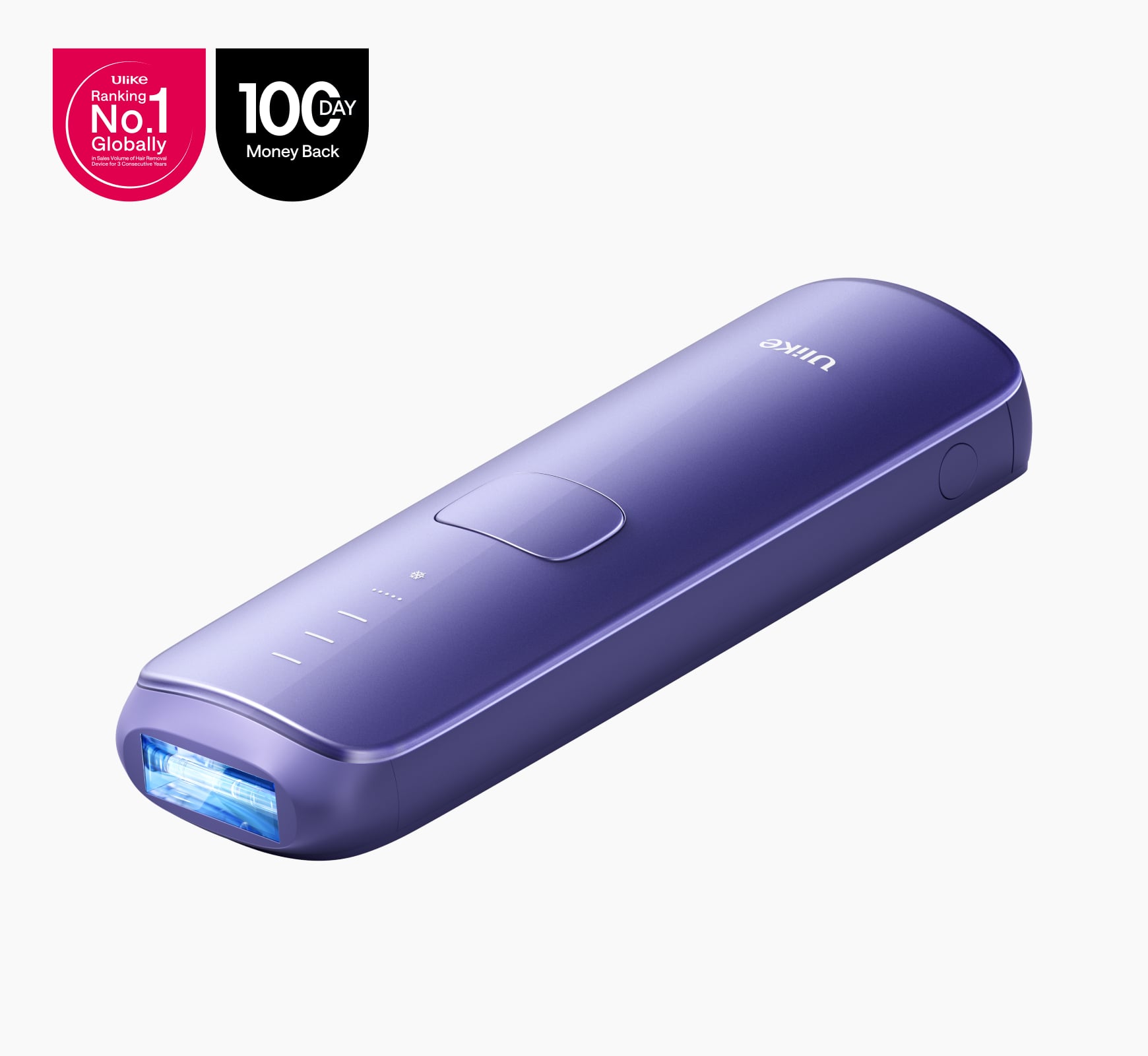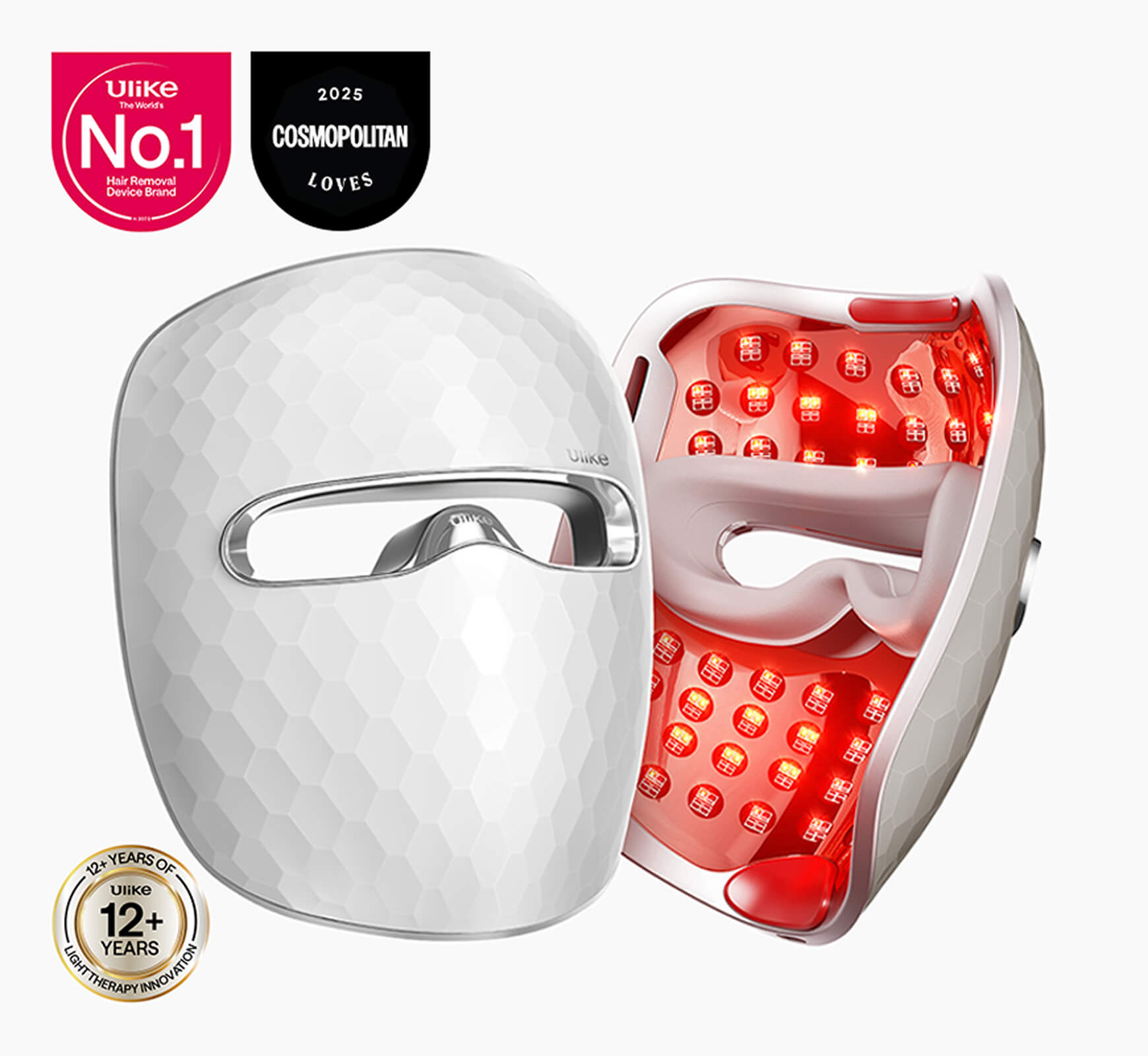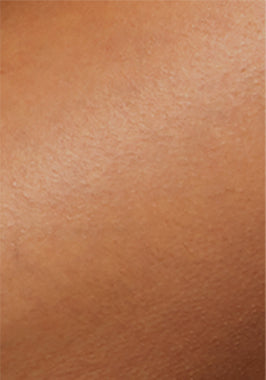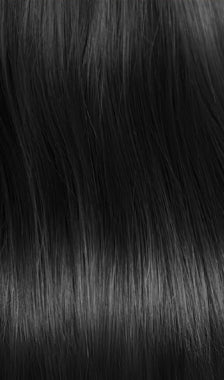What You Need to Know About Ingrown Crotch Hair
Ingrown crotch hair is one of the most common skin irritations people experience after shaving or waxing the pubic area. Those small, painful bumps can be frustrating, but understanding why they happen makes them much easier to manage.
An ingrown hair forms when a strand of hair curls back or grows sideways into the skin instead of rising up through the follicle. This can lead to redness, swelling, and sometimes small spots filled with pus. It often appears around the bikini line, inner thighs, or pubic mound, anywhere the skin is shaved or rubbed by tight clothing.
In the UK, dermatologists report that ingrown pubic hairs are particularly common after waxing or using blunt razors. The good news is that they can usually be treated at home with gentle exfoliation, warm compresses, and proper hygiene. However, when bumps become painful or look infected, it might be a sign of folliculitis, a mild bacterial infection of the hair follicles.
This guide explains how to tell the difference between simple ingrown hairs and folliculitis, how to treat them safely, and how to prevent them from coming back.
What Causes Ingrown Crotch Hair?
When I first started getting those small, sore bumps around my bikini line, I thought they were just spots. It turns out they were ingrown hairs, a surprisingly common reaction to hair removal and friction.
An ingrown crotch hair happens when a new hair cannot break through the surface of the skin and instead curls back into the follicle. The body reacts as though it is a foreign object, causing redness, swelling, and sometimes a painful lump.
There are a few common reasons this happens:
Shaving too closely: Using a dull razor or shaving against the direction of hair growth can make the tip of the hair too sharp, which increases the chance of it curling back into the skin.
Tight clothing: Synthetic fabrics or tight underwear can rub against the skin, trapping hairs and irritating follicles.
Waxing and epilation: These methods remove hair from the root, but when it grows back, it may struggle to push through the skin if the follicle becomes blocked by dead skin cells.
Naturally curly or coarse hair: People with this hair type are more likely to experience ingrown hairs because the strands are more prone to bending back toward the skin.
Poor exfoliation: When the skin isn’t regularly exfoliated, dead cells can build up and block the follicle opening.
In some cases, repeated irritation or trapped hairs can lead to folliculitis, which looks similar to acne but is actually inflammation or infection of the hair follicles. It can spread if not treated properly, especially in warm, moist areas like the groin.
From my own experience, I found that small changes, such as using a sharp razor, exfoliating gently, and wearing breathable cotton underwear — made a noticeable difference in preventing flare-ups.

How to Treat Ingrown Crotch Hair and Folliculitis
The moment I had my first experience with a painful ingrown hair in the bikini line, I got frightened and tried to squeeze it like a pimple, a huge mistake. The surrounding skin just got more irritated, and the healing process took much longer.
With time, and after reading some tips from the British dermatologists, I discovered home treatments for ingrown crotch hairs and mild cases of folliculitis which are simple, safe, and effective.
1. Use a Warm Compress
A warm, moist cloth on the area for ten minutes is enough to soften the skin and make the hair come closer to the surface. Normally, I do this two or three times every day. The process of breaking the hair and the discomfort are relieved and the hair can escape naturally without exertion.
2. Exfoliate Gently
Once the skin has calmed down, gentle exfoliation helps remove dead skin cells that might be blocking the hair follicle. I use a mild scrub or a clean, soft cloth in circular motions, nothing harsh or scented. Over-exfoliating can make things worse, so I only do this every couple of days until the area looks clearer.
3. Keep the Area Clean
Washing the area daily with a fragrance-free, pH-balanced cleanser helps prevent bacteria from building up. I avoid perfumed soaps and stick to lukewarm water to reduce irritation.
4. Avoid Picking or Squeezing
This turned out to be the hardest habit to break for me. Attacking bumps may lead to bacteria being pushed further into the skin, which can end up either as an infection or a scar. If the bump has hair that can be seen, I allow it to grow out by itself instead of trying to extract it with tweezers before it is time..
5. Try Over-the-Counter Treatments
In the UK, you can find mild antiseptic creams or gels that help soothe irritation and prevent infection. Ingredients like benzoyl peroxide, salicylic acid, or tea tree oil (in diluted form) can be helpful, but I always patch test first, as pubic skin is very sensitive.
6. Let the Skin Breathe
Tight jeans or synthetic underwear can make irritation worse. When I’m dealing with a flare-up, I switch to loose, breathable cotton underwear and avoid shaving or waxing until the skin has fully healed.
When to See a Professional
If bumps are painful, spreading, or filled with pus, it could be a sign of bacterial folliculitis or even a cyst. In that case, it’s best to see a GP or dermatologist. They can prescribe topical or oral antibiotics if needed and rule out other causes like fungal infections or cystic acne.
According to the NHS, most mild cases of folliculitis clear up within 7 to 10 days with good hygiene and care, but recurring infections should always be checked by a medical professional.
From my experience, being patient and gentle with the skin works better than any quick fix. Treating ingrown crotch hair properly prevents scarring and helps keep your skin healthier in the long run.

How to Prevent Ingrown Crotch Hair
After years of trial and error, I realised that preventing ingrown hairs is far easier than treating them. Once I started making a few simple changes to my grooming routine, those painful bumps around my bikini line became much less frequent.
Here are the best ways I’ve found to prevent ingrown crotch hair and reduce irritation after hair removal:
1. Exfoliate Before Hair Removal
Gently exfoliating before shaving or waxing helps remove dead skin cells and keeps the hair follicles clear. I use a mild scrub or a soft loofah in circular motions just before shaving, then rinse with warm water. It makes a noticeable difference in how smooth the skin feels afterwards.
2. Always Use a Clean, Sharp Razor
A dull blade tugs at the skin and can create sharp-edged hairs that curl back into the skin. I always use a new or well-cleaned razor, and I never share it. In the UK, dermatologists often recommend replacing disposable razors every three to five shaves to keep them hygienic.
3. Shave in the Direction of Hair Growth
Shaving against the grain might give a closer finish, but it increases the risk of irritation and ingrown hairs. Shaving in the same direction as the hair growth takes a little longer but keeps the skin calmer.
4. Moisturise After Hair Removal
Right after shaving or waxing, I use a light, fragrance-free moisturiser to soothe the skin. Aloe vera gel or unscented creams work well for calming inflammation and keeping the skin soft.
5. Wear Loose, Breathable Clothing
Tight jeans or synthetic underwear can trap heat and moisture, which irritates hair follicles. I’ve found that switching to cotton underwear or looser fits after grooming helps the area heal more comfortably.

Check Your Routine: Could It Be Causing Ingrown Crotch Hair?
After learning more about what triggers ingrown crotch hair, I realised how much my own routine played a part. Small habits, from the way I shave to what I apply afterwards, can either help prevent or make the problem worse. This quick checklist can help you see where things might be going wrong.
Pre-Hair Removal
During Hair Removal
Aftercare
If you’ve ticked fewer than half the boxes, your current habits may be encouraging those unwanted ingrown hairs. Making small adjustments can often help calm irritation and support healthier, smoother skin.
When Prevention Isn’t Enough: Long-Term Solutions for Ingrown Crotch Hair
Even with all the care in the world, exfoliating, moisturising, and wearing the comfiest cotton underwear. I found that some ingrown hairs still managed to sneak through. That’s when I started looking for longer-term fixes rather than short-term relief.
1. Switch to Gentler Hair Removal Methods
After years of experimenting with razors, waxes, and creams, I realised that the method you use can make a huge difference. Shaving gives quick results, but it often left me with tiny red bumps within days. Waxing lasts longer but can irritate sensitive skin if the hair isn’t pulled correctly.
For those prone to folliculitis or constant regrowth, dermatologists in the UK often suggest exploring non-invasive light-based treatments.

2. IPL (Intense Pulsed Light) Hair Removal
IPL changed everything for me. Unlike razors or creams that only deal with the surface, IPL works beneath the skin, targeting the hair follicle to slow down regrowth over time. It’s much gentler on sensitive areas because it doesn’t rely on chemicals or friction. Two of the main triggers for ingrown hairs and irritation.
Devices like Ulike UK IPL are designed for safe at-home use, which makes them a great option for anyone who wants salon-level results without the hassle. I use mine once every few weeks, and I’ve noticed fewer bumps and smoother skin around the bikini line and inner thighs. It also saves time (and money) in the long run compared to endless shaving or waxing appointments.
3. When to See a Professional
If your ingrown hairs turn into painful lumps, develop pus, or keep coming back despite careful care, it might be a sign of folliculitis or an infection. In that case, it’s worth booking an appointment with your GP or a dermatologist. They can prescribe topical creams or antibiotics if needed and rule out any underlying conditions like cysts.
When Ingrown Hairs Might Be Something Else
It’s surprisingly common for what looks like an ordinary ingrown hair near the bikini line to turn out to be something else entirely. Sometimes it’s just a mild irritation from shaving, but other times, the bump can be linked to a skin condition such as folliculitis or even a small cyst. Knowing what you’re dealing with makes all the difference to how you treat it.
Ingrown Hair
An ingrown hair usually appears as a small red bump or raised spot that can feel itchy or tender. You might even notice a fine hair trapped just beneath the surface. These tend to settle on their own after a few days with a bit of gentle exfoliation and warm compresses.
Folliculitis
Folliculitis happens when a hair follicle becomes inflamed or infected, often by bacteria such as Staphylococcus aureus. It can show up as several red bumps or small white pustules that resemble acne. The skin can feel sore or sensitive, and in some cases, folliculitis can spread if not managed early.
Keeping the area clean and avoiding further shaving usually helps. Most mild cases clear within one to two weeks, though persistent or painful spots might need a topical or oral antibiotic from your GP.
Cysts and Abscesses
When inflammation goes deeper under the skin, it can develop into a cyst, a firm lump that may be filled with fluid or pus. These don’t typically disappear on their own and can be quite uncomfortable. Squeezing or picking at them can worsen the infection, so it’s best to leave them alone and get them checked if they don’t improve.
When to See a GP or Dermatologist
You should speak to a healthcare professional if:
The bumps spread or last longer than a week or two.
The area feels hot, swollen, or particularly sore.
You notice pus, a firm lump, or what looks like a cyst forming.
You keep getting ingrown hairs or folliculitis after hair removal.
Getting advice early can help prevent infection and scarring. UK dermatologists often recommend gentle cleansing, breathable underwear, and avoiding tight clothing to reduce irritation and keep follicles healthy.
FAQs About Ingrown Crotch Hair
1. How do I get rid of ingrown hair on the pubic area?
To get rid of ingrown crotch hair, gently exfoliate the area with a mild scrub or a soft washcloth to help release trapped hairs. Apply a warm compress for a few minutes to soften the skin, then use a soothing, fragrance-free moisturiser.
Avoid shaving or waxing until the bump settles. If the ingrown hair looks inflamed or painful, use an over-the-counter cream with salicylic acid or see a dermatologist for professional treatment.
2. Can an ingrown hair cause a hard lump?
Yes. Ingrown crotch hair can sometimes cause a small, hard lump under the skin. This happens when the hair curls back and grows into the follicle, triggering inflammation. The lump may feel tender or firm to the touch.
It’s best not to squeeze or poke it, applying a warm compress and gentle exfoliation usually helps it heal on its own. If the lump becomes painful or filled with pus, it could be folliculitis, and you should speak to your GP.
3. Is it okay to pluck ingrown pubic hairs?
It’s best to avoid plucking ingrown crotch hair. Pulling or picking at it can damage the skin, increase irritation, and raise the risk of infection or scarring. Instead, let the hair grow out naturally. Keep the area clean, use a warm compress to ease swelling, and apply an antiseptic cream if needed.
If you can see the hair’s tip clearly, a sterile needle can sometimes be used by a professional to lift it gently, but avoid doing this yourself at home.
4. Can ingrown hair be squeezed out?
No, squeezing ingrown crotch hair can make things worse. It may push bacteria deeper into the skin, causing infection or even a painful cyst. The safest approach is to leave it alone, apply warmth to encourage the hair to surface, and use gentle exfoliation. If the bump becomes red, swollen, or doesn’t heal after a few days, a healthcare professional can safely remove it and prescribe treatment if needed.
5. Is Vaseline good for ingrown pubic hair?
Vaseline (petroleum jelly) can help soothe skin around ingrown crotch hair but it won’t treat the underlying issue. It forms a barrier that locks in moisture and protects irritated skin after shaving or waxing, reducing friction that can lead to more ingrown hairs. For prevention, pair Vaseline with regular exfoliation and gentle hair removal methods. If the area looks infected, skip Vaseline and use an antiseptic or consult a GP.
Caring for Ingrown Crotch Hair the Right Way
Ingrown crotch hair isn’t just a cosmetic issue; it’s something that can easily flare up when the skin is irritated or hair removal routines are too harsh. The simplest habits often make the biggest difference, using clean tools, exfoliating gently, and giving the skin time to recover between shaves or waxes.
If a bump feels sore or keeps coming back, that’s a sign the skin needs a break or a change in routine. A warm compress and mild exfoliant usually help, but if the area looks swollen or infected, getting advice from a GP or pharmacist is the safest route.
Healthy skin in intimate areas comes down to patience and care. A calm approach to grooming, a bit of consistency, and the right products will go a long way in preventing future irritation and keeping your skin smooth and comfortable.
Thinking About a Gentler Hair Removal Option?
Many women find that the constant cycle of shaving and waxing only makes ingrown crotch hair worse. A calmer, more consistent approach can really help, and that’s where Ulike IPL comes in. It slows regrowth and keeps the skin feeling smoother for longer without the usual irritation. I’ve found it simple to fit into my routine, and it’s made grooming feel easier and less reactive. For anyone looking for a low-maintenance, skin-friendly alternative, Ulike UK’s IPL range is well worth exploring.

